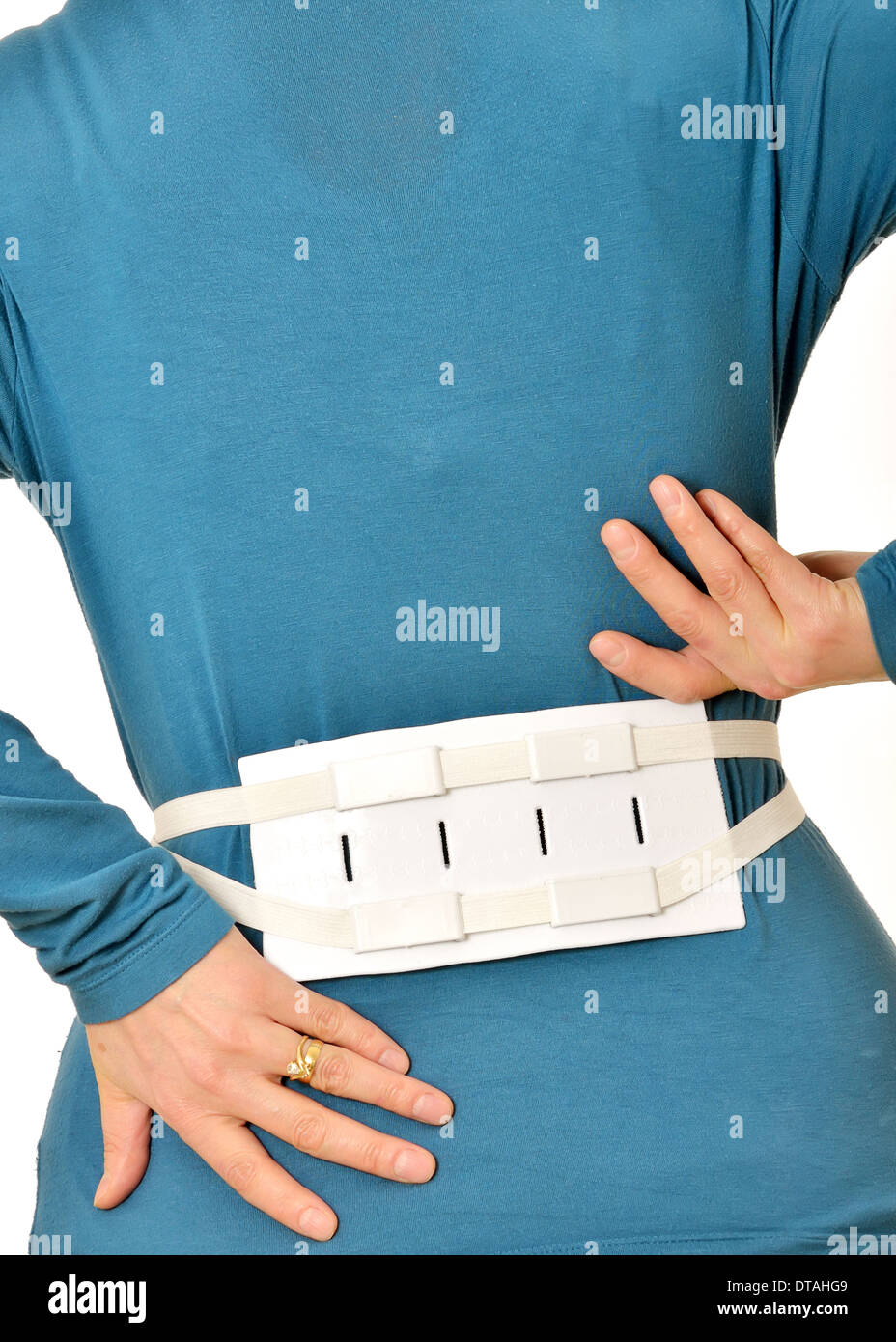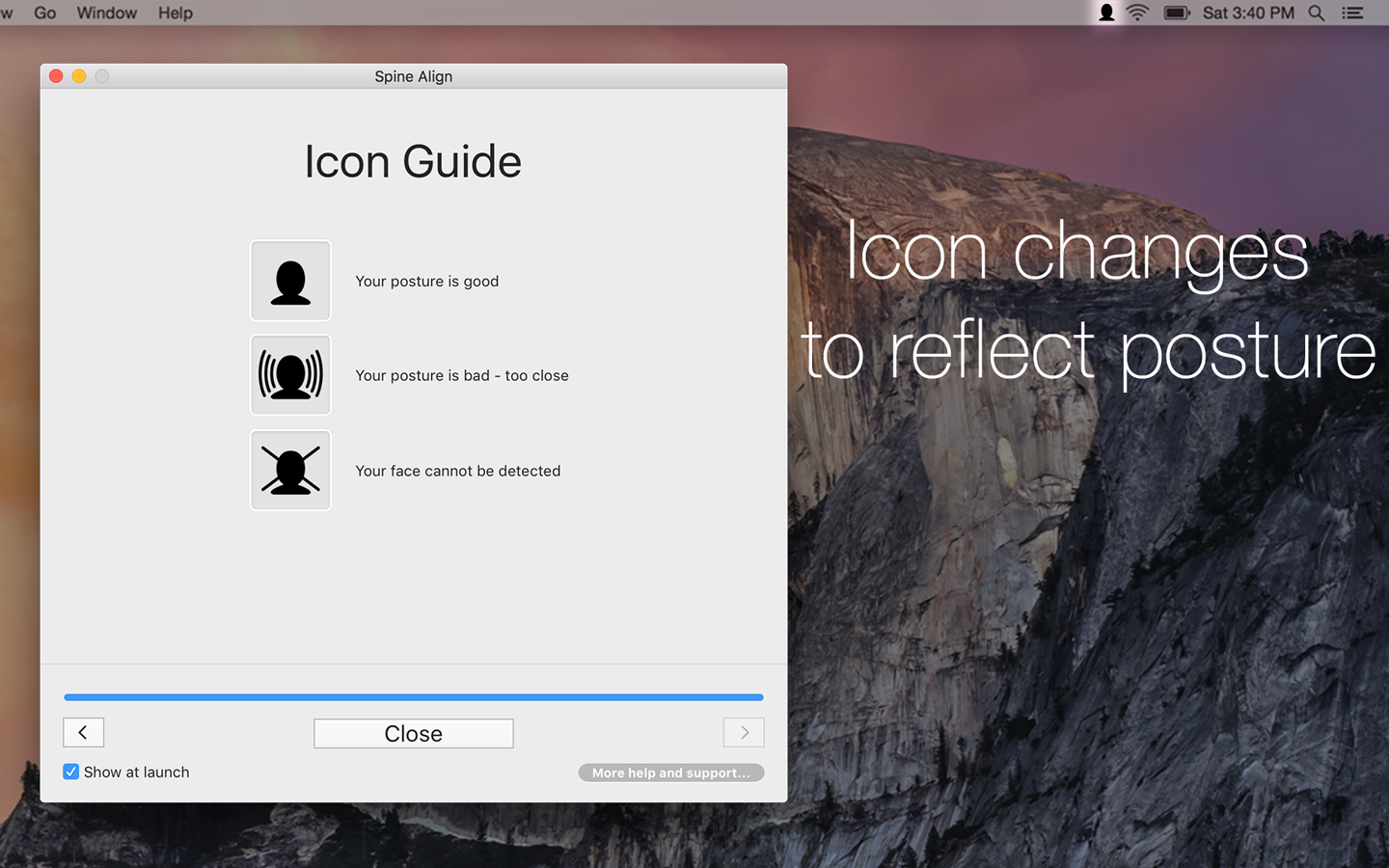
While you can do this without a belt (and should know how to), the belt provides you with something to actively push your trunk out against as well as giving you the added rigidity of the belt material (leather or nylon). When you wear a tight belt around the waist and inhale, you expand your trunk muscles and diaphragm, increasing intra-abdominal pressure. When wearing a belt during lifts, you are helping your body produce more pressure through bracing. In doing so, you are able to maintain your spinal alignment in a stronger (and healthier), vertical position.

Wearing a belt helps to keep the spine from excessively arching or flexing. When performing lifts overhead, you want to ensure you are keeping your pelvis and spine aligned properly to increase force output and minimize injury. Improves Spinal Positioning for Overhead Movements When wearing a belt, your lumbar spine is not able to flex as much as without one, simply due to the rigidity of the belt.Īdditionally, when paired with proper bracing mechanics, you can increase intra-abdominal pressure (a method for activating your core) and help support the lumbar spine further. A belt could lower the risk of lower back injury. Lower back injuries in the overhead press often come from hyper-extending the lumbar spine (lower back). When training heavy, a stable base is essential, as you minimize any unnecessary movements or instability that could result in lost force output (ability to move heavier loads), movement inefficiency, or injury.

Both of these help to provide you with a more stable base. Great Stability to Lift Heavier Loads OverheadĪ lifting belt helps you increase trunk stability and increase intra-abdominal pressure. 4 Benefits Of Wearing A Lifting Belt For Overhead Pressīelow are four benefits of wearing a lifting belt for the overhead press. If you’ve mastered that technique, then only then can you add a belt to the mix and use it as a tool to enhance your already good form and bracing mechanics (see below). You should keep a relatively stiff spine, with very minimal or no arching in the low or mid back.

What does this mean? It should mean that you are not leaning back excessively while trying to press the load overhead. It is for this reason that beginners and general lifters should opt NOT TO wear a belt during overhead presses until they are fully capable of controlling their torso during the lift. Too often lifters will throw on a belt, disregard the form, and assume they are safe. It is important to note, however, that wearing a belt does not protect you from injury if you are performing overhead presses with poor form or excessive arching.
Spine align belt how to#
If you already know how to perform overhead presses without a belt, and are looking for a tool to help you lift heavier loads overhead, then consider wear a belt during the overhead press. Should You Wear A Belt For Overhead Press If you struggle with the overhead press or have tweaked your lower back in the past doing them, you may want to consider wearing a lifting belt (as well as revisiting your technique).

Wearing a belt can help you press heavier loads, minimize strain on the lower back, and decrease the likelihood that you hyper-extend your spine. Wearing a lifting belt during overhead presses offers you greater support than going beltless, especially around the torso and lumbar spine. While wearing a lifting belt is common for exercises like squats and deadlifts, many lifters are unsure if they should wear one during the overhead press.


 0 kommentar(er)
0 kommentar(er)
